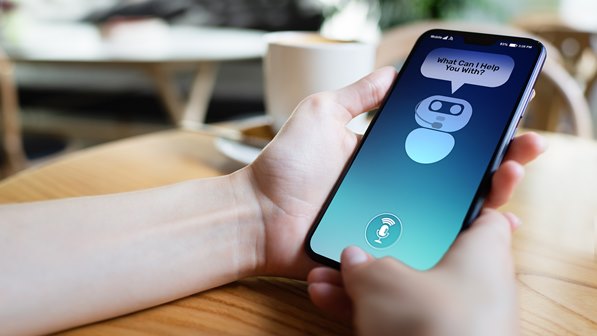
AI is a huge trend today – and everyone wants a piece of this pie. It is used in digital marketing, data analysis, and of course customer service.
One can hardly deny the extreme usefulness of this technology in answering customers’ queries because it allows a much faster response time. There are basically no limits on what companies can and should make use of AI in customer service.
You can see chatbots both on the websites of tech companies and products such as Ivacy and on those that belong to your local mom-and-pop establishment.
However, as with any other technology, it’s worth it to pause before taking a head-first dive into it. Sometimes, we need to consider and acknowledge the potential drawbacks of it and see what the best course of action is.
So let us look into some of the problems that chatbots may present to customer service – and how they can be solved.
Irrelevant responses
Imagine such a situation: A customer wants to get some information about your services or products. Or, perhaps, they want to contact your support team. Merrily, they waltz to your website and click on that live chat field. Your bot appears to help them… and fails miserably.
What is the most likely reason for that?
Unfortunately, it is that a chatbot, by definition, is not as good at conversations with (presumably) real people as we humans are. Their artificial intelligence, no matter how modern and good its algorithms are, is still lacking compared to “natural” intelligence.
To put it simply, sometimes, bots just fail to comprehend what customers want and what their problem is.
For example, not all people who may require help with your website or product will enter perfectly coherent questions into the message bar. Some of them are typing from their phones and may mistype more than a couple of times while others can make spelling mistakes.
And how is an average chatbot going to react to it?
It will likely respond with a request to rephrase the question.
Such a situation can be extremely frustrating to the customer. Not only are they having some kind of a problem but now the support seems to be giving them a hard time as well.
The more comprehensive the AI is, of course, the less abundant such situations are going to be. When it has an ability to understand mistyped words and sentences like a human would, it becomes a much better handler of customer requests – but, then again, all chatbots are not created equal.
And until all of them improve considerably, they need to have some human backup. Which brings us to…
Lack of proper human supervision
Indeed, some tasks and problems are insurmountable for AI in its current state and need to be handed to humans. The failure to implement the algorithms needed for it can lead to a lot of frustration on customers’ part.
It is usually done with the help of trigger words. When a chatbot spots one, it sends the user query upstream to its organic colleague.
The biggest problem here, though, is that human escalation per se is not a very important benefit of chatbots. Sure, a bot can transfer a customer who has too difficult a problem for it to solve to a human operator but that operator, especially since they need to be proficient enough, can’t be available 24/7. Most companies just cannot afford it.
Therefore, to mitigate this issue, whenever a bot is about to give up and call in the cavalry, it needs to make it extremely clear to the customer what is happening and that it may take quite a bit of time.
A company that fails to implement bot-to-human escalation (and properly inform its customers when it is used) risks annoying them and might even make them look for alternatives to its services.
Not being accessible to all
While having a chatbot is a cool thing as well as convenient tool, a company has to take many considerations into account before committing to it.
One of the main ones is the need for the bot to be accessible to everybody – including customers who have impediments.
For example, one can have the best human speech-understanding bot in existence. It may be able to decipher typos not even the person who made them can see. But it will all mean nothing if a customer who has visual impairment can’t access the bot – for example, because there is no ability to communicate with it via speech.
Alternatively, a person with speech problems will not appreciate a voice-only chatbot. This concern has been brought up many times but unfortunately, the chatbot industry is yet to properly address it.
All in all, despite its many uses, support via a chatbot must be implemented with great care. It has the potential to improve the customer experience tremendously but also to damage the reputation of a brand.
It’s up to every company to decide if it wants to reap the benefits of using a chatbot or rely on more conventional means of customer support. The good news, however, is that chatbot AI is sure to improve over time so even if you prefer to stay away from it for now, it doesn’t mean the situation won’t change.
About the author:
Dean Chester is a practicing cybersecurity expert and author of numerous articles on Cooltechzone.com and other tech websites such as Sensorstechforum, Bdtechtalks, AT&T and OpenVPN. Dean is a fan of all topics related to data privacy and cybersecurity. He usually takes part in various tech tutorials, forums and conferences. He can be reached at twitter@DeanChe36640282.




